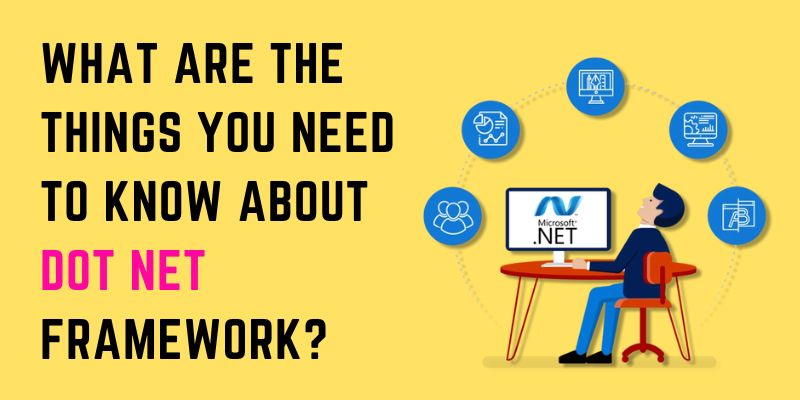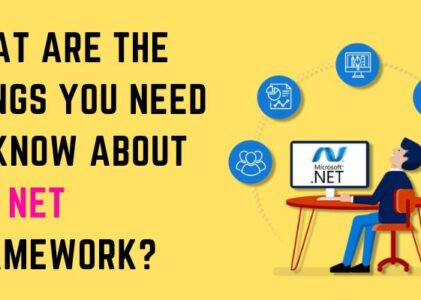Microsoft created .Net in 2002 as a software foundation. It is called dot net and contains a variety of coding languages, libraries, and editors. On the, you can create a wide variety of applications. The framework of the internet. Dot Net includes a vast library with a lot of ready-made code. If you want to know What are the things you need to know about Dot Net Framework? Join Dot Net Training in Chennai at FITA Academy.
Libraries can be categorised based on a variety of factors, including database access, encryption, and security. Simple and complicated data structures are both supported by prewritten code.
Earlier .Net was not an open source
Microsoft first announced NET in the late 1990s under the term Next Generation Windows Services (NGWS). Until 2014, it was not an open source framework. The use of open source software is advantageous. Dot Net is free for users to use and distribute. Furthermore, every user can customise the structure.
Because it was open source, it evolved into a collaborative platform, laying the groundwork for cross-platform apps. Open source is essentially an agile development methodology that reduces project completion time in .NET.
Even as a project vendor and partner, you do not have access to the code in a closed source project. An open source approach, on the other hand, enables complete access to projects. This graphic depicts the operation of the open source software ecosystem.
.Net is not limited to Windows
As a Microsoft exclusive product,.Only Windows made advantage of the Internet. In 2016, Microsoft launched the first version of DotNet Core. It, unlike Dot Net, runs on a variety of computer platforms. It’s a blessing to be open source and cross-platform.
This expands your options for developing apps for new platforms. With DotNet Core, you can create applications for Linux and Mac OS X. Additionally, you can use .Net Core for cloud computing and the Internet of Things (IoT). FITA Academy offers the best Dot Net courses with placement assistance. The Dot Net Online Course trainers are Well- Experienced in Dot Net frameworks.
The Main Programming Languages of .Net
DotNet is a huge software framework with 32 programming languages. C#, F#, and Visual Basic are some of the key languages. A Sharp (.NET), Boo, Cobra, Fantom, IronPython, Sharp, Oxygene, and more programming languages are available.
Dot Net more secure than Java
Any software architecture must include security, and a study has found that DotNet is more secure than Java. Compared to .net, Java has a vulnerability density of 30.0. Here, “vulnerable density” (the average number of errors per MP code inspected) is a means to express the number of flaws in a sample of code. Dot Net is, in essence, a more secure platform than Java, according to this survey.
Dot Net is a Big Umbrella
Many different languages, tools, and technologies are covered under the broad .NET umbrella. Microsoft, a well-known international service provider, has established a suitable development ecosystem for the creation of applications and for the testing, re-engineering, and migration of existing software.
Dot is interoperable because it is compatible with a large network of languages and capabilities. The ability of any hardware or software to virtually function with other hardware or software, including yet-uninvented hardware, is referred to as interoperability.
It is, in essence, a structure independent of language. The majority of common computer languages and operating systems are compatible with it. Dot Net offers three different functionalities:
- COM interop (.Net with COM components)
- .NET interop (COM components with .NET)
- P/Invoke (.Net with Win32 DLLs )
Component Object Model, or COM as it is known here, is a standard binary interface between two binary modules, one of which is a library and the other is a user-driven programme. Join Dot Net Training in Coimbatore to learn about Dot Net tools.
Comments
0 comments

